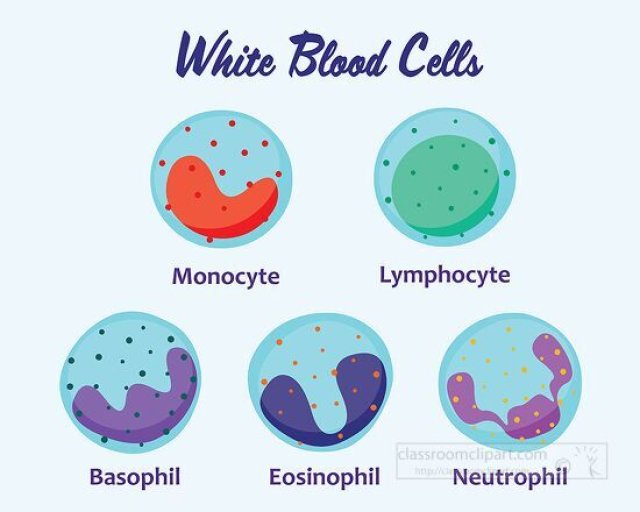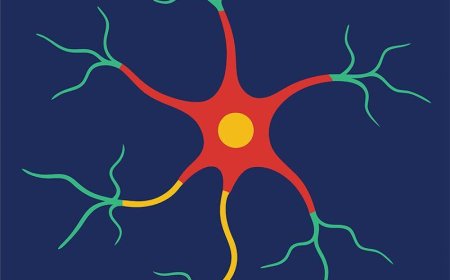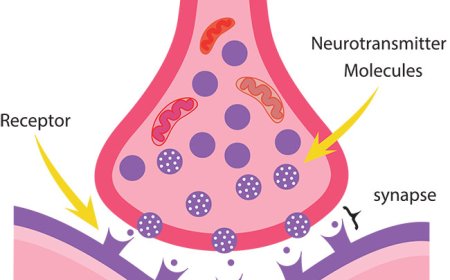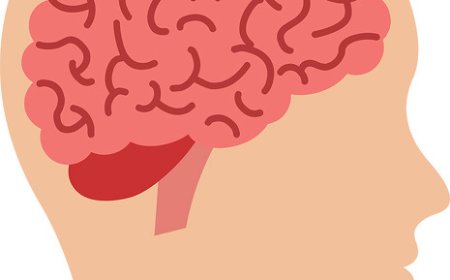How the Integumentary System Protects and Keeps You Healthy
Learn how the integumentary system protects your body from injury, infection, and heat while helping you feel, heal, and stay balanced.

🧠 Introduction: Your First Defense Team
Every day, your body comes into contact with dirt, germs, sharp objects, hot sun, and cold wind. Thankfully, your integumentary system—made of your skin, hair, and nails—is always on duty. It forms a strong, flexible barrier that protects you from danger, keeps your insides in, and sends signals to your brain about your surroundings.
But this system does even more than block germs or give you goosebumps. It also helps control your body’s temperature, produces helpful substances like vitamin D, and repairs itself when damaged. In this article, we’ll explore how the integumentary system keeps you safe, healthy, and in balance, all day, every day.
🛡️ Skin: Your Body’s Armor
Your skin is your first and strongest defense against the outside world. It covers every inch of your body, sealing off your organs and tissues so that nothing harmful gets in.
Here’s how skin keeps you safe:
- Acts as a barrier to bacteria, viruses, chemicals, and UV rays
- Keeps water and body fluids inside so you don’t dry out
- Prevents injury by absorbing shocks and cushioning blows
- Stops heat and cold from entering too quickly
Special immune cells in the epidermis (outer skin layer) quickly detect invaders like viruses and bacteria. They send out alerts to the immune system to fight off infections—sometimes even before you notice a problem.
🌡️ Temperature Control: Keeping You Cool or Warm
Your body must stay around 98.6°F (37°C) to function properly. The skin helps control body temperature through special tools built right into the dermis (middle skin layer).
Here’s how it works:
- When you get too hot, sweat glands release sweat that cools you down as it evaporates
- Blood vessels in the skin widen (a process called vasodilation) to let more heat escape
- When it’s cold, blood vessels narrow (vasoconstriction) to hold heat in
- Tiny muscles pull your hairs upright, forming goosebumps to trap warmth
This ability to respond to changes helps your body maintain homeostasis, or internal balance, even in extreme weather.
🩹 Healing: A Built-In Repair System
Skin has an amazing ability to heal itself after cuts, scrapes, burns, or blisters. When the outer layer is damaged, your body starts fixing it immediately.
Here’s what happens:
- Blood cells rush to the area to clot and stop bleeding
- Special skin cells multiply to cover the wound
- White blood cells help fight off infection
- New cells push up from the epidermis to replace lost skin
- The area may scab, then peel or fade as new skin grows
Depending on the depth and size of the injury, the skin can heal in days or weeks. Scars are signs of your body’s attempt to rebuild tissue quickly.
👃 Sensation: Feeling the World Around You
Your skin isn’t just for protection—it’s also your largest sense organ. It’s full of nerve endings that help you feel what’s around you and react to it.
Skin helps you detect:
- Touch – pressure, softness, roughness
- Pain – warning you when something’s wrong
- Temperature – hot, warm, cool, or cold
- Vibration and movement – like something crawling or brushing your arm
These signals travel quickly from your skin to your brain, helping you move away from danger (like a hot pan) or enjoy safe, pleasant experiences (like petting a dog or hugging a friend).
🧬 Helping the Immune System
The skin acts like a physical immune shield, but it also supports the immune system with its built-in chemical defenses. The skin produces:
- Oil (sebum) that has natural antibacterial properties
- Sweat, which contains salts and enzymes that kill germs
- Antimicrobial peptides, tiny molecules that destroy harmful invaders
Healthy skin prevents germs from entering in the first place. When skin is dry, cracked, or broken, it’s easier for bacteria to sneak in. That’s why taking care of your skin is so important for your whole-body health.
☀️ Making Vitamin D and More
When sunlight hits your skin, something incredible happens: your body begins to make vitamin D, a nutrient that helps your bones absorb calcium and grow strong. You only need about 10 to 15 minutes of sunlight a few days a week to make enough. Vitamin D also plays a role in immune health and mood. Skin also helps store fat and water in the hypodermis (bottom layer), which gives your body energy and keeps you hydrated.
🧠 Vocabulary List
Integumentary system The body system made of skin, hair, and nails
Barrier A protective shield that blocks harmful substances
Vasodilation The widening of blood vessels to release heat
Vasoconstriction The narrowing of blood vessels to keep heat in
Clot A thickened mass of blood that helps stop bleeding
Homeostasis A healthy, balanced state inside the body
Sebum Oily substance made by the skin to protect and moisturize
Antimicrobial peptides Molecules that destroy harmful bacteria and viruses
Vitamin D A vitamin made by the skin when exposed to sunlight
Nerve endings Tiny sensors in the skin that detect touch and temperature
⭐ Kid-Friendly Summary
Your skin, hair, and nails work together to keep your body safe and healthy. Your skin blocks germs, keeps your temperature steady, and even helps you heal when you're hurt. Hair and nails protect delicate parts of your body, and your skin lets you feel things like heat and cold. It also helps your body make vitamin D from sunlight. So even though you might not notice it, your integumentary system is working hard to protect you every day!
🤯 Fun and Interesting Facts
- Your skin replaces itself about every 28–35 days.
- Sweat doesn’t smell—bacteria on your skin cause body odor.
- The oil your skin makes is important—it helps stop infections.
- You can lose up to 1 liter of sweat per hour in hot weather.
- Some people are born without the ability to feel pain because of problems in their skin’s nerve endings.
❓ Interactive Quiz: Safety from the Skin In
1. What does the integumentary system protect you from?
A. Feelings
B. Food
C. Germs and injuries
D. Air and water
2. What happens when you’re hot?
A. You shiver
B. Blood vessels widen and you sweat
C. Your skin dries out
D. Your heart stops
3. What helps your skin repair a cut?
A. Air
B. Hair
C. Skin cells and blood clots
D. Vitamin D
4. What part of the skin helps you feel pain and touch?
A. Hair
B. Nails
C. Nerve endings
D. Sweat glands
5. What vitamin does your skin help make from sunlight?
A. A
B. C
C. D
D. E




















































